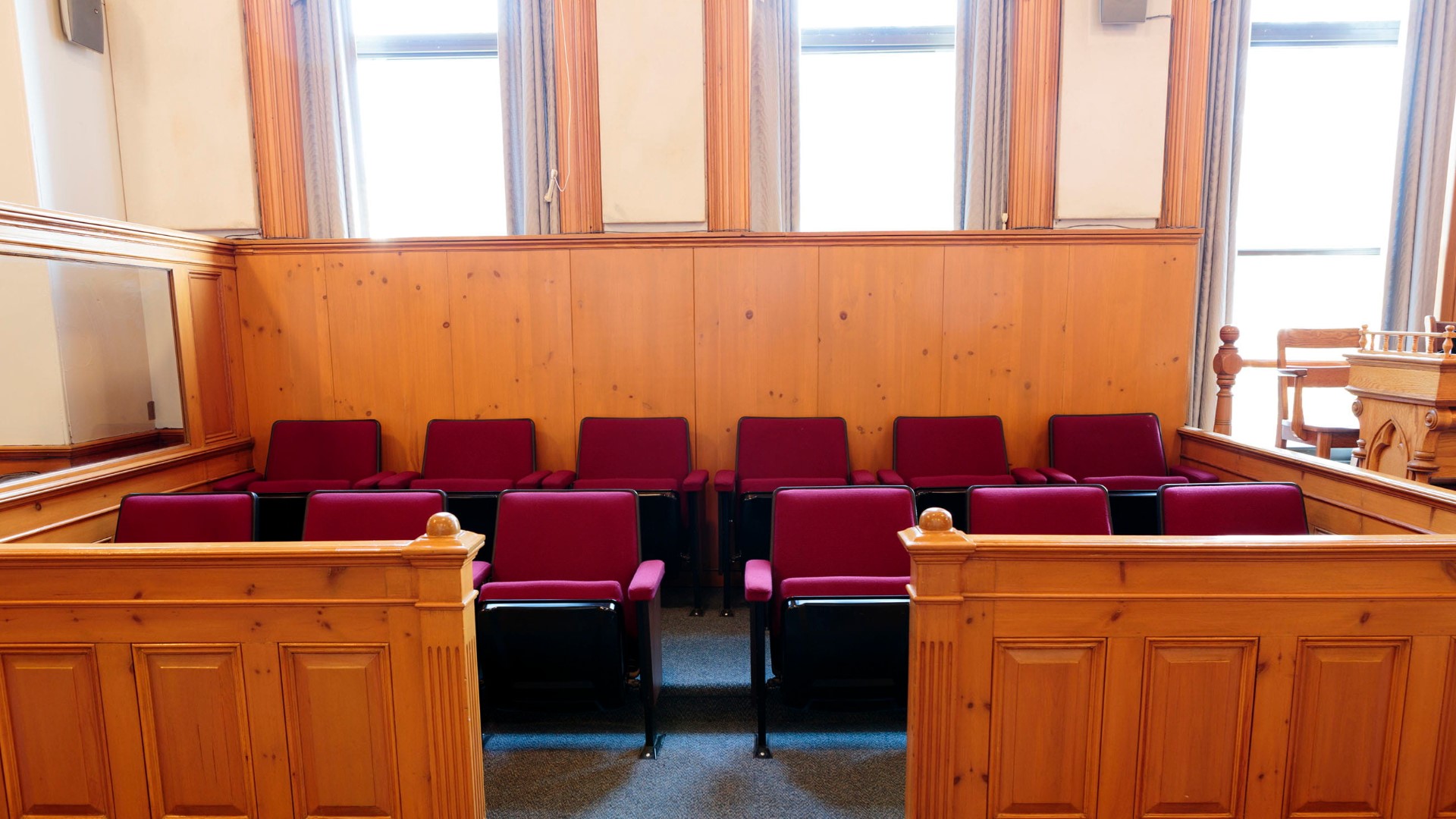Calls for Greater Diversity in Juries

Is there a need for greater diversity amongst jurors?
The family of a 14-year-old boy who was chased through the streets, racially abused and stabbed to death are calling for new laws to improve diversity on juries, after his killer was cleared of murder.
Dea-John Reid was killed in broad daylight in Birmingham in May 2021.
Prosecutors said in court he’d been “hunted down” by a group of white youths and adults.
In their first interview since the trial, his family told ITV News the justice system let them down, after a 15-year-old boy was jailed for six and a half years for manslaughter.
They say it was unacceptable that only one of the jurors in a racially-aggravated case was from an ethnically diverse background.
“Something went wrong somewhere,” Dea-John’s mother Joan Morris told ITV News. “You see a person have a knife like that chasing down someone and you say that is manslaughter?
“It seems like Dea-John’s life didn’t matter to none of them. He was black. That’s why Dea-John’s life don’t matter.”
How are juries chosen?
There is no provision in law to allow for a jury which has a balanced representation whether that be on race, sex, religion or indeed any other characteristic.
From the pool of jurors called for jury service names are chosen at random and the first twelve will serve on the jury when called unless there is a good reason to object.
In the main, objection can be based on some personal connection to someone in the case, or a particularly sensitive characteristic. So, for example, if a police officer had been killed in the line of duty it is likely that any fellow police officer would be excused from jury service.
Recent Research
There is mixed research on the topic of diverse juries, but the majority view is that racially diverse juries make better decisions.
Psychologist Samuel Sommers invited 200 adults to participate in a mock jury experiment.
Each jury consisted of six participants. The researcher randomly assigned jury groups to one of two conditions. In the diverse group condition, two of the jurors were Black and the other four jurors were White. In the all-white group condition, all six of the jurors were White.
The jurors watched a video trial where a Black defendant faced charges of sexual assault. After watching the video, jurors privately submitted their pre-deliberation guilty/not-guilty verdicts. Then, the juries convened to discuss details about the assault, descriptions of the suspect, and the evidence.
Even before deliberation, members of diverse juries were nearly 10% less likely to presume the defendant’s guilt than members of all-white juries. Diverse juries were also more thorough in their evaluation of the evidence.
On average, diverse juries deliberated 11 minutes longer, discussed more facts about the case, and made fewer factual errors than all-white juries.
Finally, diverse juries were more open to talking about the role of race in the case.
Despite the research there is no enthusiasm, at least at the moment, for wider reform of the jury system.
How We Can Help
If you have any questions about how a jury is formed, or any concerns for a particular case, please contact us on 0161 477 1121 or email us.


